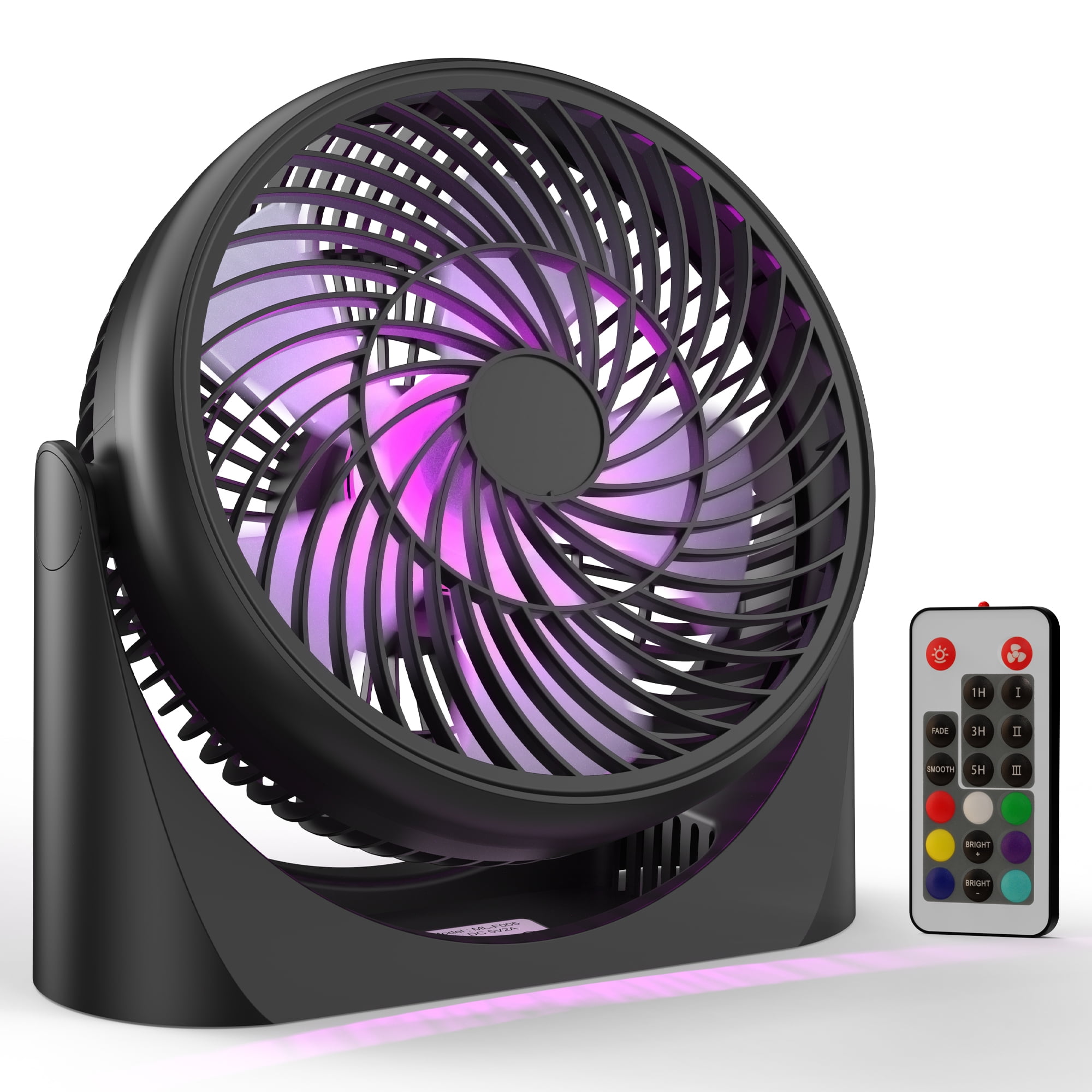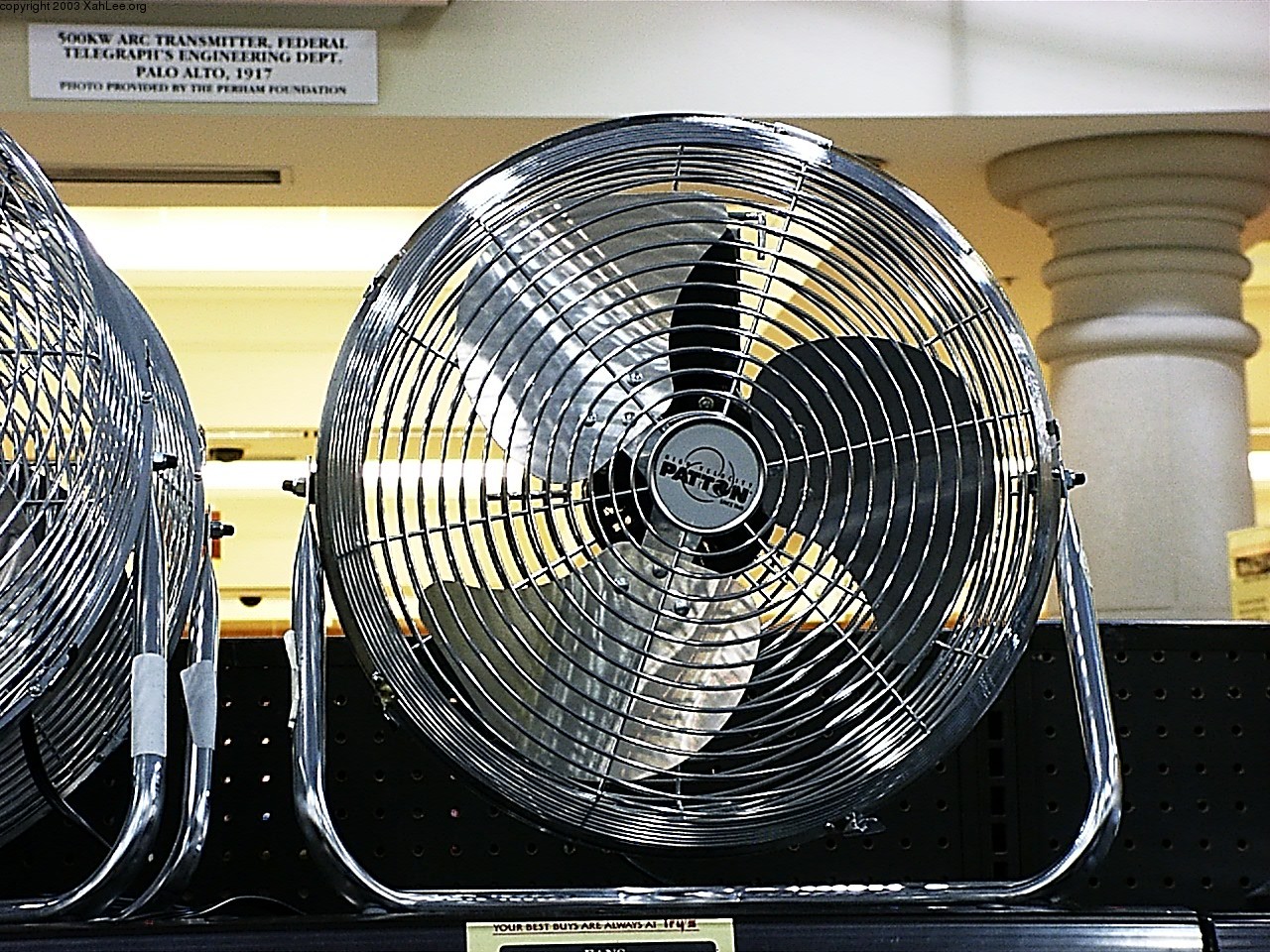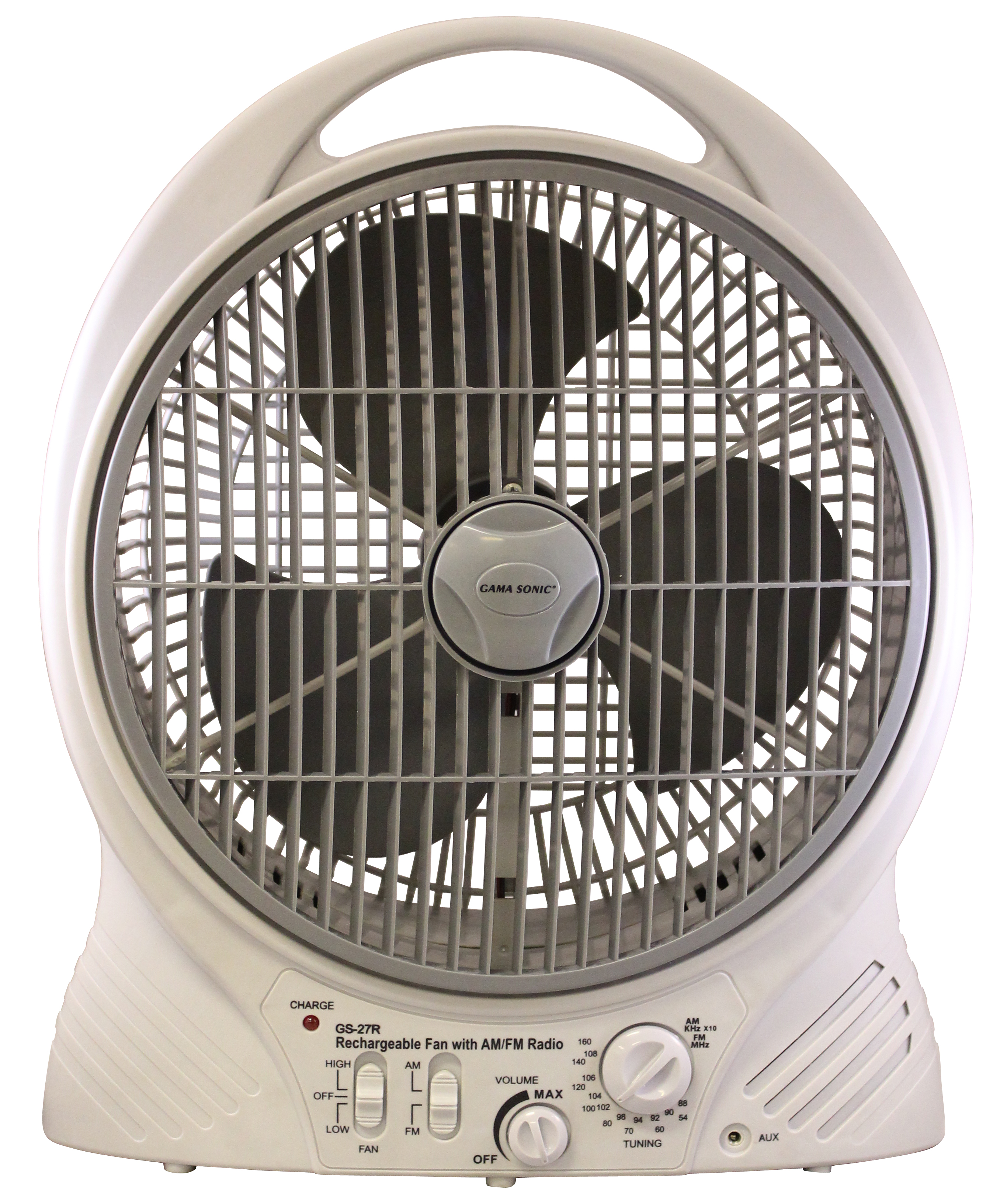Being a fan, you know, it means really getting into something, whether it's the latest movie, your favorite sports hero's stats, or maybe even every lyric from a beloved song. That kind of passion, it actually runs deep, very deep, for a lot of people. It's about truly appreciating the details, the performance, and what makes something special. Well, in a similar way, there's a particular component that truly captures the interest of those who appreciate precision and effective operation in their projects: the fan 24 cc.
This isnar't just any ordinary cooling device; it's a piece of equipment that, in some respects, plays a very specific and often critical role in various setups. For those who dabble in compact machinery, specialized electronics, or perhaps even intricate hobby builds, the fan 24 cc is more than just a part; it's a solution that helps systems run smoothly, you know, without overheating. It's about maintaining optimal conditions where space might be tight, or where consistent performance is absolutely needed.
So, in this discussion, we're going to explore what makes the fan 24 cc such a talked-about item among enthusiasts. We'll unpack its potential uses, discuss why it's so important for certain applications, and offer some pointers on how to pick the right one for your own needs. By the end of it, you might just find yourself becoming, dare I say, a true fan of the fan 24 cc and its quiet, yet powerful, capabilities.
Table of Contents
- Introduction
- What Exactly is a Fan 24 CC? Unpacking the Specifics
- Why the Fan 24 CC Matters: Performance and Precision
- Finding Your Perfect Match: Choosing the Right Fan 24 CC
- Real-World Applications: Where the Fan 24 CC Shines
- Keeping Your Fan 24 CC Running Smoothly: Care and Tips
- Common Questions About the Fan 24 CC
- Looking Ahead: The Future of Compact Cooling
- Final Thoughts on Becoming a Fan of the Fan 24 CC
What Exactly is a Fan 24 CC? Unpacking the Specifics
When you hear "fan 24 cc," it's natural to wonder what that "24 cc" part actually means in the context of a fan. Typically, "cc" stands for cubic centimeters, which is a measurement often used for engine displacement. So, in this specialized world, a fan referred to as "24 cc" usually implies its suitability or design for systems that have a 24 cubic centimeter engine, or perhaps other components of a similar scale. It's not a direct measurement of the fan itself, but rather a way to indicate its intended environment or the size of the system it's meant to cool, you know, a very specific kind of job.
These fans are, in a way, engineered to handle the thermal demands of smaller, often high-output, setups. They are typically quite compact, designed to fit into tight spaces where larger cooling solutions just wouldn't work. Their design focuses on moving a precise amount of air to manage heat effectively, ensuring that components don't get too warm. This is pretty important for maintaining stability and prolonging the life of sensitive parts, actually.
Unlike a general-purpose fan you might find in a home appliance, a fan 24 cc is built with particular performance characteristics in mind. It might have a higher static pressure rating, meaning it can push air through more restrictive pathways, or it could be designed for specific voltage requirements, like 12V or 24V, depending on the system it's meant to serve. This specialization is what sets it apart, allowing it to perform its cooling duties with a very particular kind of efficiency in its intended setting.
Why the Fan 24 CC Matters: Performance and Precision
The importance of the fan 24 cc really comes down to its role in maintaining optimal operating temperatures within confined or high-stress environments. Think about a small engine running at full tilt, or maybe some intricate electronic circuitry packed into a tiny enclosure. Without proper cooling, heat can build up quickly, potentially causing performance issues, reducing the lifespan of parts, or even leading to outright system failure. This fan, you know, helps prevent all that.
For enthusiasts and builders, the precision offered by a fan designed for specific "cc" applications is incredibly valuable. It means you're not just guessing at your cooling needs; you're selecting a component that's more or less tailored to the thermal output of a particular size of engine or electronic load. This precision helps ensure that the system runs at its best, providing consistent power or processing without the risk of overheating. It's about getting every bit of performance out of your setup, frankly.
Moreover, the right cooling solution contributes significantly to the longevity of your equipment. When components stay within their recommended temperature ranges, they simply last longer. This saves you time and money on replacements and repairs, which is pretty good news for anyone invested in their projects. So, in a way, the fan 24 cc isn't just about cooling; it's about safeguarding your investment and ensuring reliable operation, actually.
Finding Your Perfect Match: Choosing the Right Fan 24 CC
Picking the right fan 24 cc involves looking at a few key things to make sure it fits your specific project. First, consider the amount of airflow you need. This is usually measured in cubic feet per minute (CFM) or cubic meters per hour (CMH), and it tells you how much air the fan can move. For a small engine, you'll need enough airflow to dissipate the heat generated, so that's a pretty important number.
Next, think about static pressure. This measures the fan's ability to push air through obstacles, like a radiator or a tight casing. If your setup has a lot of resistance to airflow, a fan with higher static pressure will perform better. It's not just about how much air it moves, but how well it moves it when things get a little constricted, you know.
Physical dimensions are, of course, absolutely crucial. You need to make sure the fan actually fits in the space you have available. Check the length, width, and thickness. Also, consider the power input; most compact fans run on specific voltages, like 12V or 24V, so ensure it matches your system's power supply. Noise level might also be a factor, especially if your project will be operating in a quiet environment, so you might want to check that too.
Finally, consider the type of bearings the fan uses. Ball bearings often offer longer life and better performance in various orientations, while sleeve bearings can be quieter but might have a shorter lifespan in certain conditions. Matching these factors to your project's specific needs will help you find a fan 24 cc that truly delivers the performance and reliability you're looking for, more or less.
Real-World Applications: Where the Fan 24 CC Shines
The fan 24 cc, with its specialized design, finds its place in a variety of fascinating applications where compact, effective cooling is a must. One of the most common areas is in small engine cooling. Think about remote-controlled vehicles, particularly high-performance RC cars or planes that use 24cc engines. These engines generate a lot of heat, and a dedicated fan is often needed to keep them from overheating during intense use, ensuring they run consistently, you know.
Beyond hobbyist engines, these fans are also pretty useful in custom electronics enclosures. When you're building a compact computer, a specialized server, or even a custom audio amplifier, components can get warm very quickly in a small space. A fan 24 cc can be strategically placed to pull hot air out or push cool air in, maintaining stable temperatures for sensitive circuits. It's about making sure your custom builds don't just look good, but also perform reliably, actually.
You might also find these types of fans in specialized industrial equipment where space is at a premium. Small sensors, control units, or even portable diagnostic tools often need active cooling to function correctly in harsh environments. The precise airflow and compact size of a fan 24 cc make it a very good fit for such demanding situations. Basically, anywhere you have a small, powerful system generating heat, this kind of fan could be the answer, you know, for proper thermal management.
DIY projects that involve precise thermal management also benefit greatly. Whether it's a homemade 3D printer enclosure, a portable power station, or a unique robotics project, managing heat is key. The fan 24 cc offers a reliable way to ensure that these custom creations operate safely and effectively, allowing builders to push the boundaries of what's possible without worrying about their components getting too hot. Learn more about compact cooling solutions on our site, and see how these specialized fans can help your projects.
Keeping Your Fan 24 CC Running Smoothly: Care and Tips
To make sure your fan 24 cc keeps doing its job effectively for a long time, a little care goes a long way. First off, proper installation is key. Make sure it's mounted securely, and that there's nothing blocking the airflow path, either at the intake or the exhaust. A fan can't cool if it can't move air freely, so that's a pretty basic, but important, point.
Regular cleaning is also a must. Over time, dust, dirt, and debris can build up on the fan blades and inside the housing. This buildup can reduce airflow and make the fan work harder, potentially shortening its lifespan. Use a soft brush or compressed air to gently remove any accumulated grime. Just be careful not to spin the fan blades too fast with compressed air, as that can damage the bearings, you know, something you definitely want to avoid.
If your fan starts making unusual noises, like grinding or rattling, or if it seems to be moving less air than it used to, it might be time for some troubleshooting. Check for any loose wires or obstructions. Sometimes, a simple adjustment can fix the issue. However, if the fan is truly failing, it's usually better to replace it rather than trying to repair it, especially for critical cooling applications. A failing fan can lead to much bigger problems down the line, so it's a pretty good idea to address it quickly.
Keeping an eye on the operating environment helps too. Extreme temperatures or very dusty conditions can put extra strain on the fan. Doing what you can to keep the area around your fan relatively clean and at a reasonable temperature will help it perform its best and last longer. So, in a way, a little bit of regular attention ensures your fan 24 cc continues to provide the reliable cooling you depend on, actually.
Common Questions About the Fan 24 CC
People often have questions when it comes to specialized components like the fan 24 cc. Here are a few common ones, along with some straightforward answers, to help clear things up, you know, for those who are curious.
What makes a fan suitable for specific engine sizes?
A fan's suitability for a specific engine size, like a 24cc engine, often comes down to its airflow capacity and static pressure. A fan needs to move enough air to dissipate the heat generated by that particular engine. For a 24cc engine, which is relatively small but can produce significant heat, the fan needs to be efficient in a compact space. Manufacturers design these fans with performance curves that match the typical thermal output and cooling requirements of engines in that displacement range, ensuring effective heat management, so it's a pretty good match.
How do you pick the right cooling fan for compact spaces?
Picking the right cooling fan for compact spaces involves careful consideration of its physical dimensions, airflow, and static pressure. You need a fan that fits precisely without blocking other components. Beyond size, look for a fan that can move a good amount of air (CFM) while also being able to push that air through any restricted areas in your enclosure (static pressure). Also, consider the fan's power requirements to make sure it's compatible with your system's voltage, you know, for proper operation. Noise levels can also be a factor if the space is in a quiet area.
Are there different types of fans for high-performance needs?
Yes, there are indeed different types of fans designed for high-performance needs, and they vary in design, bearing type, and motor technology. Axial fans, for instance, are common for moving large volumes of air, while blower or centrifugal fans are better at generating high static pressure to push air through dense components. Some high-performance fans use magnetic levitation bearings for quieter operation and longer life, while others focus on maximizing RPMs for extreme airflow. The "type" of fan often depends on whether the priority is sheer air movement, pushing air through resistance, or perhaps even noise reduction, so there's a good variety to choose from, actually.
Looking Ahead: The Future of Compact Cooling
The world of compact cooling, including specialized components like the fan 24 cc, is always evolving, which is pretty interesting. We're seeing ongoing advancements that promise even quieter operation, greater efficiency, and smarter controls. Materials science is playing a role, with new composites and designs that allow for lighter, yet more durable, fan blades and housings. This means fans could become even more effective at moving air while using less energy, you know, a very good thing.
Smart technology is also making its way into cooling solutions. Imagine fans that can sense the temperature and adjust their speed automatically, or even communicate with other system components to optimize cooling. This kind of intelligent control could lead to even more precise thermal management, extending the life of devices and improving their performance in a way that's pretty remarkable. These advancements are likely to make specialized fans even more seamless and reliable in their operation, frankly.
As devices get smaller and more powerful, the need for effective, compact cooling will only grow. The trends suggest a future where fans like the fan 24 cc become even more integrated into system design, perhaps even becoming nearly invisible while still doing their critical job. For enthusiasts and builders, this means even more possibilities for pushing the boundaries of what can be created in a small form factor, with reliable cooling always at hand. Explore our range of specialized components to see how these innovations are shaping the future of compact systems.
Final Thoughts on Becoming a Fan of the Fan 24 CC
We've talked quite a bit about the fan 24 cc, exploring what it might mean in the context of specialized cooling and why it holds such importance for those who build and tinker. It's clear that this isn't just a generic part; it's a component that, in some respects, serves a very particular purpose in ensuring the smooth and lasting operation of compact systems, particularly those involving small engines or intricate electronics. Its ability to provide precise thermal management in tight spaces is, frankly, something to appreciate.
For anyone who's a true enthusiast, whether it's for the mechanics of a small engine, the cleverness of custom electronics, or the thrill of a high-performance RC vehicle, understanding and selecting the right cooling solution is a big part of the game. The fan 24 cc stands as a testament to the fact that even the smallest components can have a huge impact on overall performance and longevity. It's about getting the details right, and this fan helps achieve that, you know, for peak operation.
So, as you consider your next project or look to optimize an existing setup, remember the quiet, yet powerful, contribution of specialized cooling. We encourage you to explore the options, learn more about what makes these fans tick, and perhaps even experiment with how they can enhance your own creations. Share your experiences, ask questions, and keep that passion for precision alive. You might find yourself becoming a very dedicated fan of the fan 24 cc and the vital role it plays in keeping things cool and running strong. For more general information on cooling solutions for small engines, you might find this external resource helpful: Briggs & Stratton Engine Cooling System Information.



Detail Author:
- Name : Mrs. Alejandra Kassulke III
- Username : hking
- Email : odietrich@hotmail.com
- Birthdate : 1977-08-22
- Address : 20511 Robel Village Apt. 009 North John, WI 84270
- Phone : +1-276-213-1007
- Company : Treutel-Barrows
- Job : Fishing OR Forestry Supervisor
- Bio : Quam sed in ullam id quod ducimus. Numquam ab officiis aliquid. Aut est odio sint ipsam provident. Et quam quis sed molestiae voluptatibus voluptas et. Aliquid quis non cumque et hic provident.
Socials
tiktok:
- url : https://tiktok.com/@ewest
- username : ewest
- bio : Quia voluptas eligendi at est minus.
- followers : 4219
- following : 2846
linkedin:
- url : https://linkedin.com/in/elmirawest
- username : elmirawest
- bio : Totam eligendi omnis dolorem dolore.
- followers : 6692
- following : 926
twitter:
- url : https://twitter.com/west2000
- username : west2000
- bio : Quos aut ratione dolor blanditiis et illum magnam. Tempore temporibus qui consequatur rerum.
- followers : 3082
- following : 2723
facebook:
- url : https://facebook.com/ewest
- username : ewest
- bio : Quia at rem et labore et quia. Error dolor fugit in dolores ea.
- followers : 5946
- following : 1047

